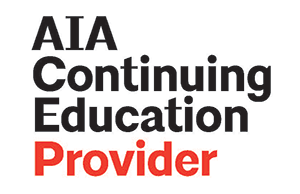 | 1 LU |
 | 1 LU |
Though segregation ended, isolation remains. Cities across the United States have historically designed infrastructure in locations that strategically disconnect minority neighborhoods from the rest of the city. While laws have changed over the years, the urban fabric remains stagnant. Masked as "urban renewal" city planners took the opportunity to flatten racially segregated neighborhoods, replacing them with swaths of parking and “efficient” highway systems. Where they weren't flattened - they became isolated. As a result of this precedent, our cities continued to intentionally marginalized people through planning efforts. Addressing areas in cities that were designed to isolate and further segregate entire populations of peoples is the first step in proceeding to enact change. We have a responsibility to critically examine where we are providing additional infrastructure – and the response can be to strategically locate, care for, and grow our cities. The goal should not be to desegregate but to integrate, and the city of Houston - supported by AIA Houston and Houston NOMA is doing just that. The City of Houston's Complete Communities Initiative aims to improve neighborhoods and allow access to quality service and amenities for all residents Through the Designing for Impact Workshop, teams of architects are partnered with students attending schools within the Complete Communities. Those teams will be meeting with developers, city planners, and community stakeholders to gain incite for major anchor projects. The projects assigned were selected by the city to address historic underinvestment and serve as a catalyst to attract new development throughout the areas. This session will evaluate some of the historic redlining that has occurred in many major cities across the United States and address how architects can team with students to be active members of their communities in order to help engage in the betterment of these neighborhoods and communities.
Learning Objectives:
AJ Sustaita, AIA Houston President Elect, Corgan
AJ has 23 years of architectural experience focused heavily in K-12 school facilities. He has led design, documentation, and construction efforts on a wide range of project types including new construction, renovation, adaptive reuse, historical preservation, and sustainable design. Additionally, A.J. contributes to the architecture profession by serving as the President-Elect of AIA Houston and by also serving on the School Safety Task Force in collaboration with the Texas Society of Architects and their government affairs committee.
Jason Mellard, Corgan